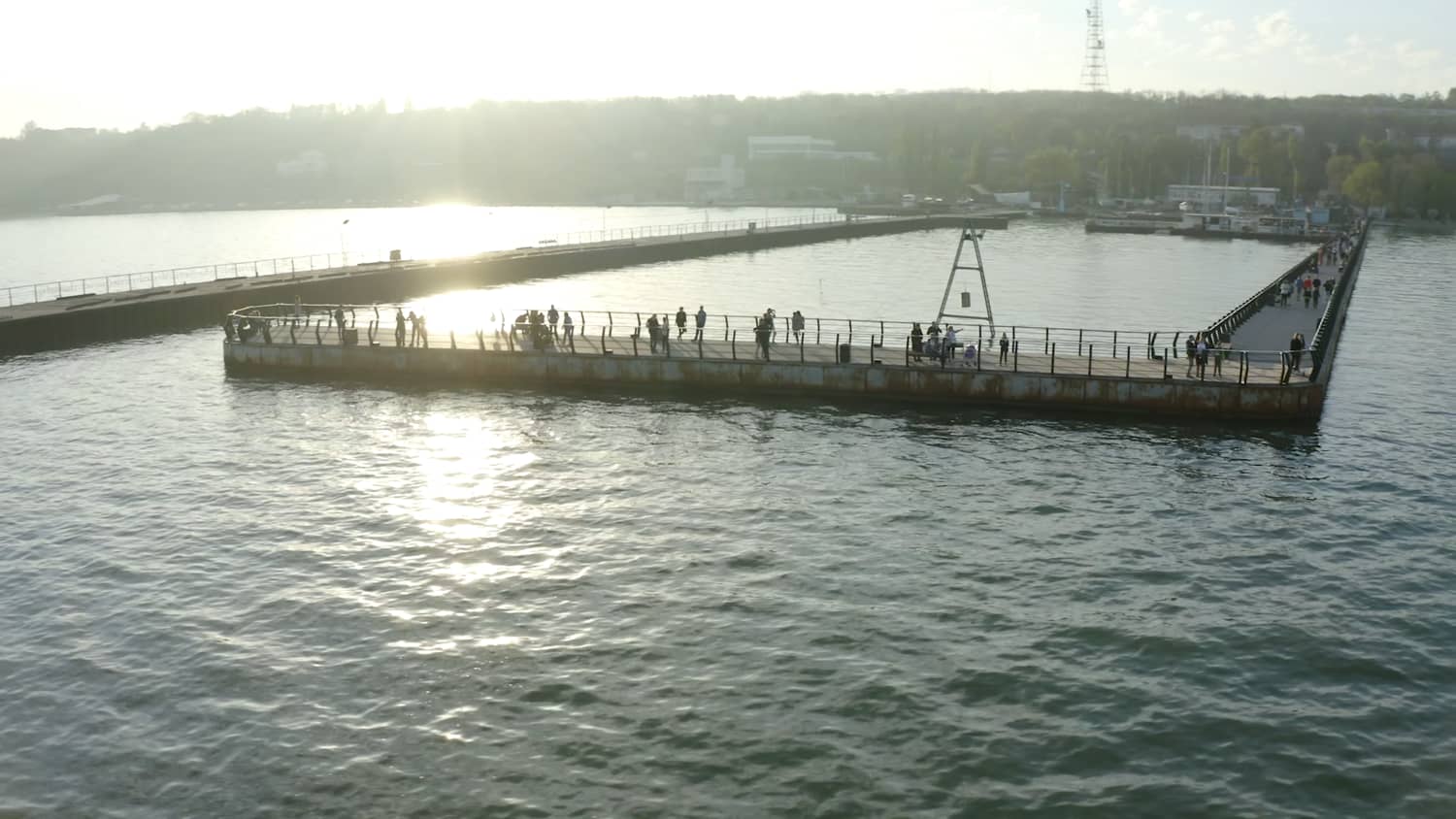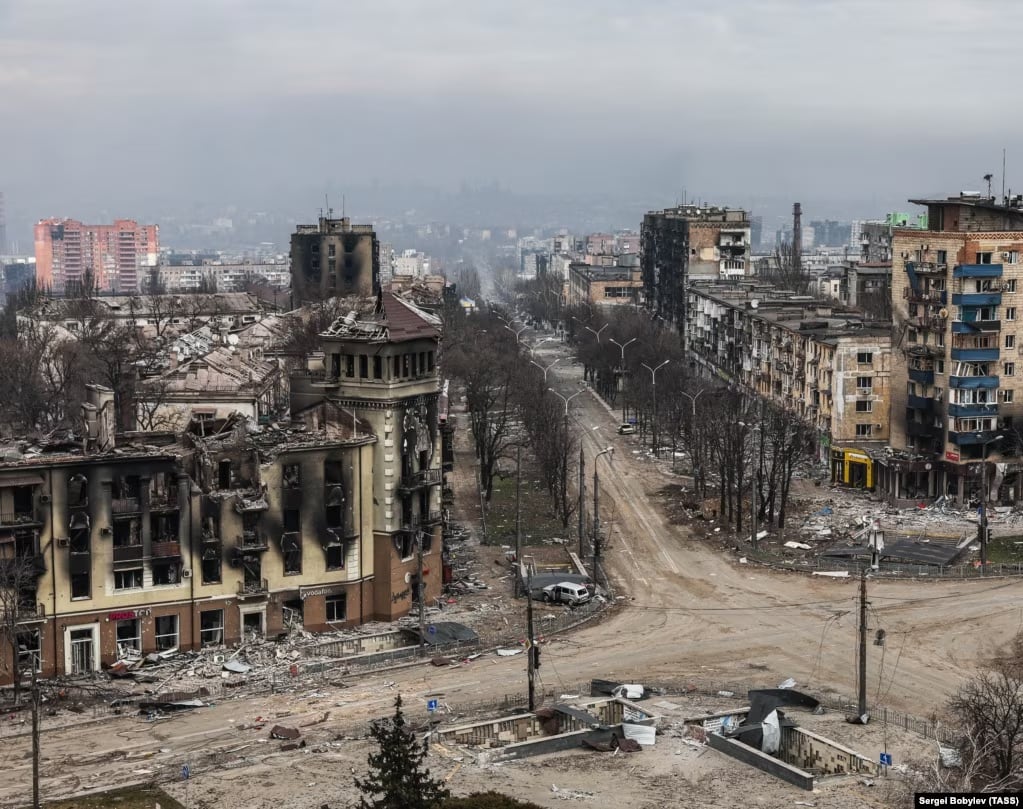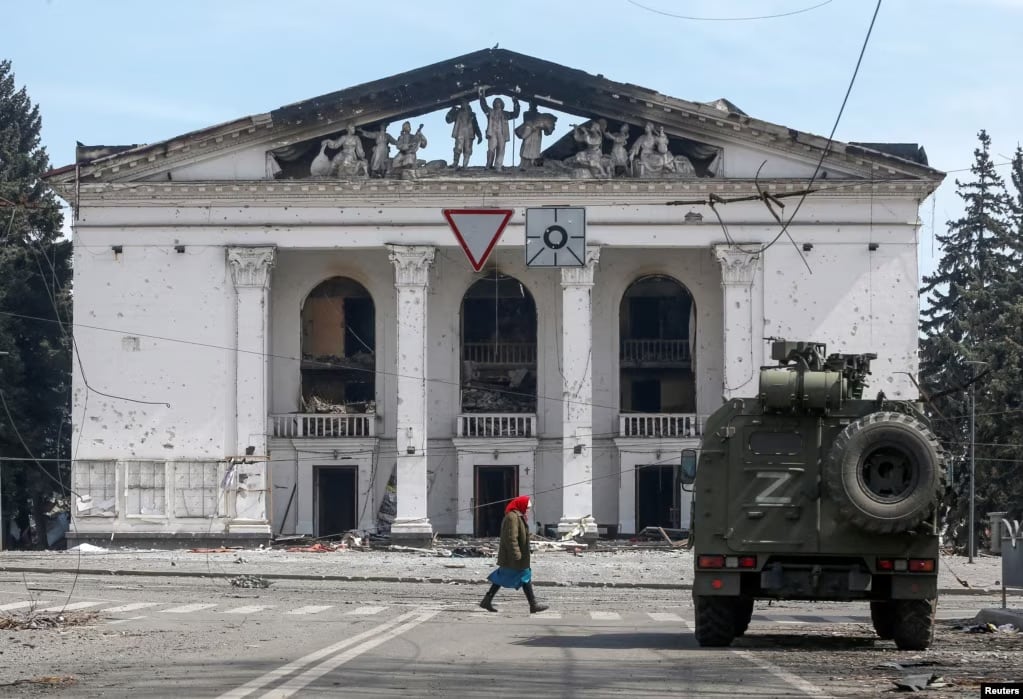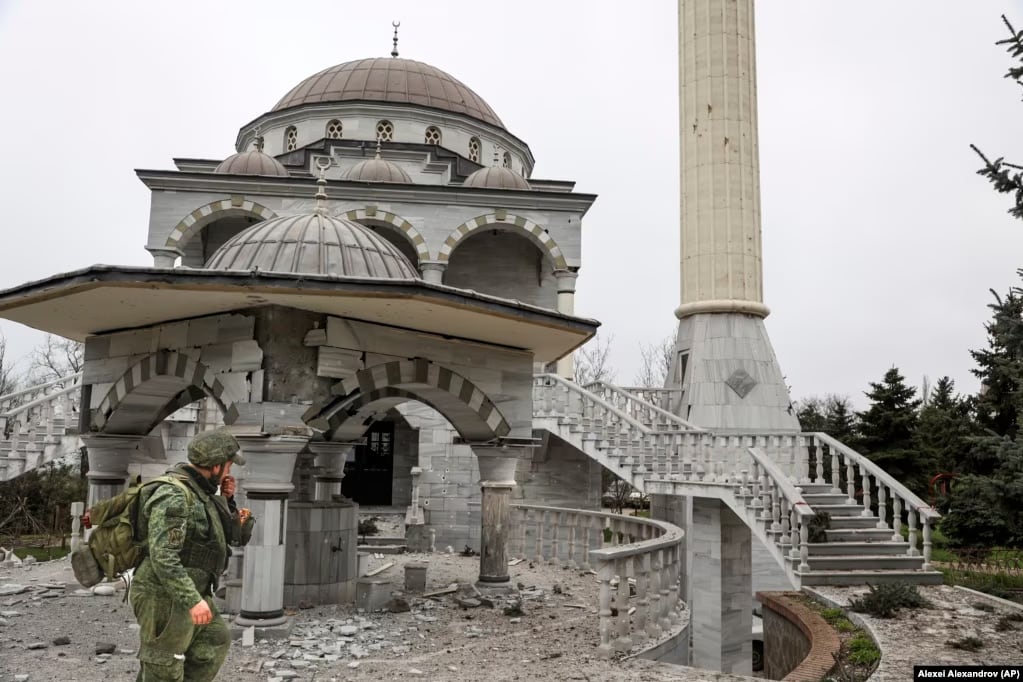
Mariupol
The city of Mary on the Sea of Azov
Kornii Hrytsyuk: Maybe the people of Mariupol will take offense at me, but as a Donetsk resident, for quite a long time Mariupol was just a city by the sea, a city that «glows at night». Childhood memories are powerful: even now, I easily remember summer trips with my parents to the Azov coast — to Sedovo, Melekino, Urzuf. We usually left at night, so when I saw a «big city glowing on the horizon», from the highway, I understood that the sea was already nearby.
Only in my teenage years did I learn that the «night light» — is the result of the round-the-clock work of the Mariupol metallurgical giants — «Illich plant» and «Azovstal», which on the one hand, they provided prosperity to the city, and on the other, they spoiled the ecology. They are the industrial heritage of European and American industrialists who turned a provincial port town into a large and developed one.
For the first time, as an adult, I came to the city of Mary in 2019. My friends, emigrants from Donetsk, founded in Mariupol today the already legendary «TU Platform» — a powerful cultural hub. I came at «TU» to show my film «2020#desolateland». I came and fell in love with Mariupol, especially its historical part.
It is quite well preserved from those American-European times. Neat houses on Greek, Italian and Trade Streets are interspersed with luxurious estates and real architectural masterpieces, such as Dr. Hamper's house or the former Continental Hotel. They seemed to transport you back in time, and you found yourself in Mariupol of the 19th and 20th centuries, the city of the architect Viktor Nielsen, a local visionary who left behind a water tower and several other modern buildings.
That Mariupol is a dynamic city where not only metallurgical plants worked. There were seven foreign consulates and branches of international companies. On weekends, locals went to relax in the parks and cinemas at the Nicole and Providence factories. At that time, there were no cinemas either in Kyiv or Odesa, but in the city of Maria they were and enjoyed great popularity. Religious life raged in churches, mosques and synagogues. When I learned about this background and saw part of this heritage with my own eyes, it became another reason to film «Eurodonbas» and tell about this "western period" of the capital of the Azov region, forgotten in Soviet times.
Even during the full-scale war, we were repeatedly approached by both filmmakers working on films about this city and urban planners to use our material for their own purposes — as a chronicle or as a basis for future reconstruction. I will honestly say that it is almost equally difficult and painful for me to select something from our material for my colleagues, and to watch photos and videos from modern Mariupol — destroyed and occupied by the Russians.
It is scary to think about what happened not only to the historical heritage, but also to the whole city and its inhabitants. The city, which we filmed not only as an industrial city, but also as a city where we wanted to go on excursions. Moreover, in recent years, especially after the occupation of Donetsk, the Ukrainian government and business invested a lot of resources in Mariupol and turned it into a comfortable place for life, although the ecological situation there remained difficult due to the work of the factories.
I have people I know and are close to, who are now in occupied Mariupol. Each of them has their own reasons for staying there, and it is certainly not love for the Rashists. They are waiting for release, as the proud city of Mary is waiting for him. It has already been restored several times, and like the phoenix bird, it rose from the ashes. Ukrainians and Greeks, Muslims and Jews, Americans and Belgians lived and worked here. But the occupiers never settled here. It will be the same with the Russians. And one day I really want to see Mariupol «glow at night» again. This will mean that he lives, even if it is not a very ecological life, but he lives. And now he is in the dark.
Archival materials from filming:
Mariupol after the full-scale invasion of the Russian Federation:
Don't miss:
- Architecture Ukraine — a residence and exhibition project about Mariupol (IZOLYATSIA Foundation, 2015)
- Centrallurgy — an investigative film about what defines Mariupol, drawing on research from anthropology, economics, social and cultural history, literature and philosophy (Romea Murin, Francisco Lobo, 2015)
- Francisco Lobo — Impressions of Mariupol, 2015






